Windows 10 Anniversary Update: everything you need to know
All the good stuff explained
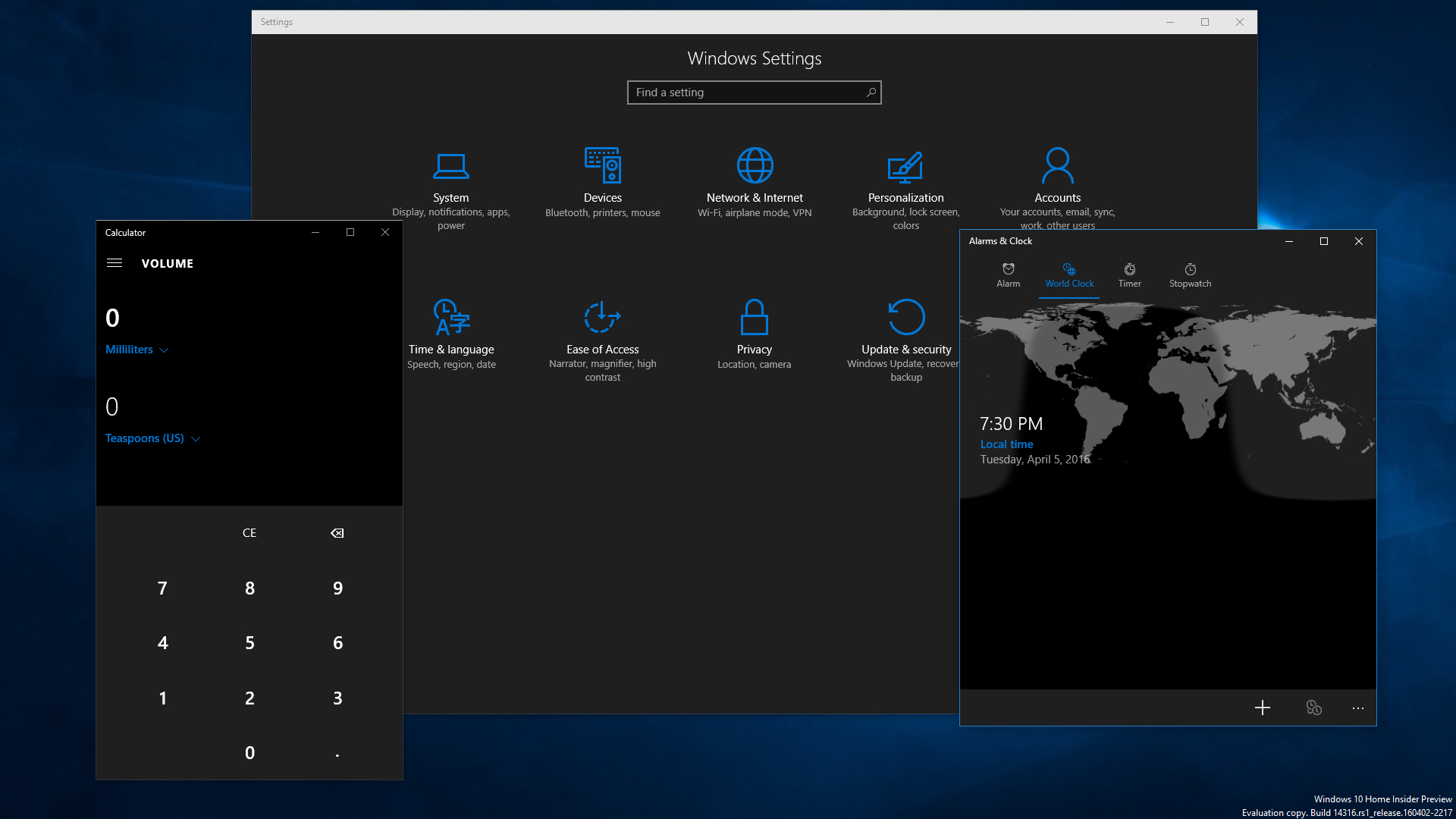
Introduction
Windows 10 is having an anniversary! Hooray! It'll be a year old in July. Or rather 23 years old, as it's basically a souped-up Windows NT but, hey, every pensioner we know says they're 21, so whatever.
Alongside the cake and party streamers, Microsoft is also giving you a present on August 2. No, not the disappearance of that upgrade reminder (though that is happening); a new update with a whole host of features that are sure to work perfectly with all your programs full time. (We're nervously laughing here.)
But what are they? And why should you care? Read on...
This article is part of TechRadar's Windows 10 week. Microsoft's latest operating system turns from a free to a paid upgrade on July 29, and we're looking to answer the question of whether it's good for you.
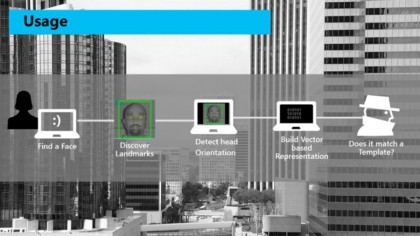
Hello, Is It Me You're Looking For?
Passwords are so 30 years ago. Windows Hello peers deep into your soul for user verification and- wait, no, that's the next patch. This is just a biometric identification system for logging onto Windows and for verifying your identity on apps and web services.
Currently Windows Hello sidesteps any need for passwords, in several different ways. It lets you unlock your PC from your phone. It lets you use fingerprint readers natively. And it lets you use facial recognition, much like the Xbox One does. If you're really high-tech, it can also use iris scanners. We're hoping that this doesn't lead to a spike in finger, face and iris thefts…
- Now you should learn how to use Windows Hello...
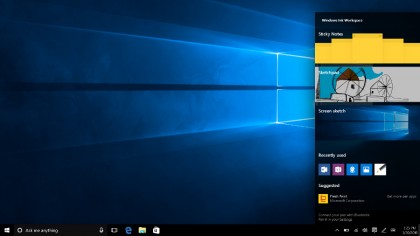
For Ink-quiring Minds
If you've got a touchscreen or a Surface or just like smearing your greasy fingertips across the screen of your old CRT, then Windows Ink is for you. This Post-It note wannabe lets you draw or write on your device's screen like it's paper, but is integrated into applications like Windows Maps, the Edge browser and the Office suite.
It has three aspects that sit on the desktop in its own Ink Workspace. A 'sticky notes' app, which isn't new, but works conveniently well and integrates with office. A sketchpad app that allows you to doodle pretty much anything, and easily share it. And a screen sketch feature, that allows you to write pretty much anything across your screen, saving it as a screenshot for easy sharing.
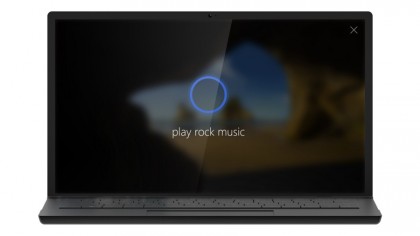
Cortana In The Act
Since she escaped from the Halo video game series and onto Windows phones, Xbox Ones and Windows 10's servers, Cortana has seen a lot of behind-the-scenes upgrades to her voice and query recognition powers. As she's mostly run remotely, it's easy to upgrade her outside of the usual Window software product cycle.
In the Anniversary Update, Cortana will activate the Halo rings and destroy all life in the uni- we mean, she'll have greater access to the Outlook, Office and Calendar applications, and greater understanding of context-sensitive instructions. This will make her ability to recall where you parked your car and your account numbers even more creepy. She'll also be available from the lock screen, across all your devices.
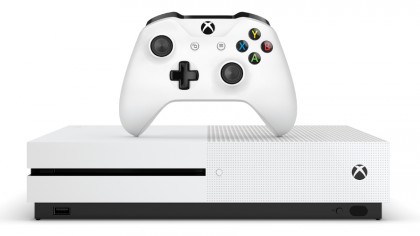
Windows Xbox
Microsoft proudly claims that over 19 billion hours of gaming has taken place on Windows 10 alone. Admittedly, most of that's probably through applications like Facebook and Steam rather than through the Xbox app, but it's true that the PC is still the leading hardcore gaming platform. But, wow, 19 billion hours? I'm a hardcore gamer and even I pause and think "maybe we could be spending our time better?"
Anyway, Microsoft aren't doing one big thing to improve gaming on Windows - rather they're doing several little things, aiming to tie the Xbox One and your Windows PC more closely together. So every Microsoft-published game will be 'crossbuy', meaning you get a copy on both systems, that shares achievements, progress, saves and so on. Xbox One players, by contrast, will get extra Cortana commands, be allowed to pick their language and play background music.
- Now check out the 10 Xbox One games we're dying to Play Aywhere
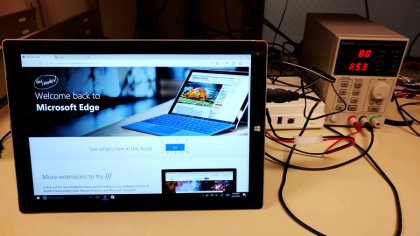
The Cutting Edge
The eternal war between Netscape (Firefox / Chrome) and Internet Explorer (Edge) goes on and on. When the universe is a dissipated sea of absolute zero quarks, somewhere there will be two quarks wondering why their browser can't access the 'heat death of the universe' cam. The Anniversary Update introduces some borrowed features for the Edge browser.
Edge has taken a few tricks from Chrome here, intelligently auto-pausing non-essential content on the web - that is, resource-intensive adverts such as those powered by Flash - which should give your portable devices more battery life. More importantly, Edge is also adding extension support, which allows you to heavily customise your browser. Once the extensions (like AdBlock, LastPass and Pinterest) are available, you'll be able to download them from the Windows store.
Microsoft is also claiming that Edge is hugely more efficient at using power than other browsers (in part due to that Chrome trick), due to improvements in background tabs, the UI, Flash and Windows networking.
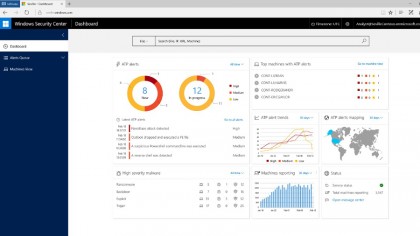
In Security
Aside from Hello's improved usage of biometrics to save you typing your password, Microsoft has beefed up Windows security a bunch. There are two main new elements being introduced.
First, as we mentioned above, you can use biometrics to securely access websites - assuming the sites support it. Second, Windows Defender, which has always been a slightly feature-light workhorse handling malware, can now be ordered to schedule scans of your PC and notify you of problems.
For large business users, Defender gets even more beefed, with Advanced Threat Protection. This provides a single dashboard that informs you of current global threats (from Microsoft's huge information-gathering network) and lets you track which of your machines have been compromised. And they also get Windows Information Protection, which tracks and protects corporate information wherever it goes.
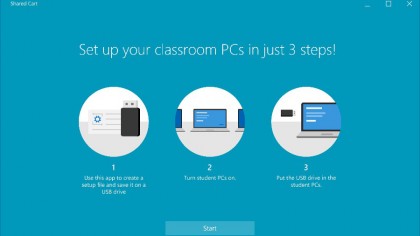
Tools for the Classroom
This is a big one for teachers, especially in the USA, and pretty meaningless for everyone else. Essentially, this is a very simplified administration system for people with a minimal understanding of computers. It allows a teacher to set up school PCs for their classroom with a single USB stick (and a lot of time.) For the more technically-minded, it also allows the rollout of shared devices in bulk, fast.
It also introduces the 'Take a Test' app, which creates a browser-based, secure environment for online assessments. This disables copy/paste, file access and other distractions.
All this is integrated with Microsoft Classroom. More importantly though the free early access program for Minecraft: Education Edition (which Microsoft recently bought) will be launching at some point in June 2016 - that's definitely a great way to keep the kids engaged. But educators will need an Office 365 Education account to play the game.
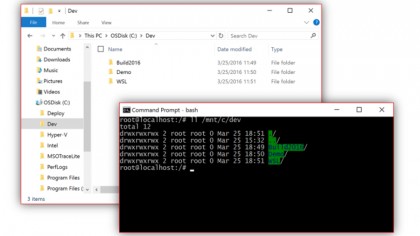
BASH!
We don't get this one at all; Microsoft has paired with Canonical (who created Ubuntu Linux). No, Microsoft isn't switching over to Ubuntu, or Fedora, or any other type of Linux any time soon, but they have implemented the powerful command line commands from Linux - known as Bash support.
So users will simply be able to open Command Prompt, type Bash and hit enter to run Ubuntu on Windows. This isn't an emulator - this is a subsystem that's running something like Linux, with all the Linux tools for the really hardcore Torvalds fans out there, and allowing Linux code to run natively on Windows.